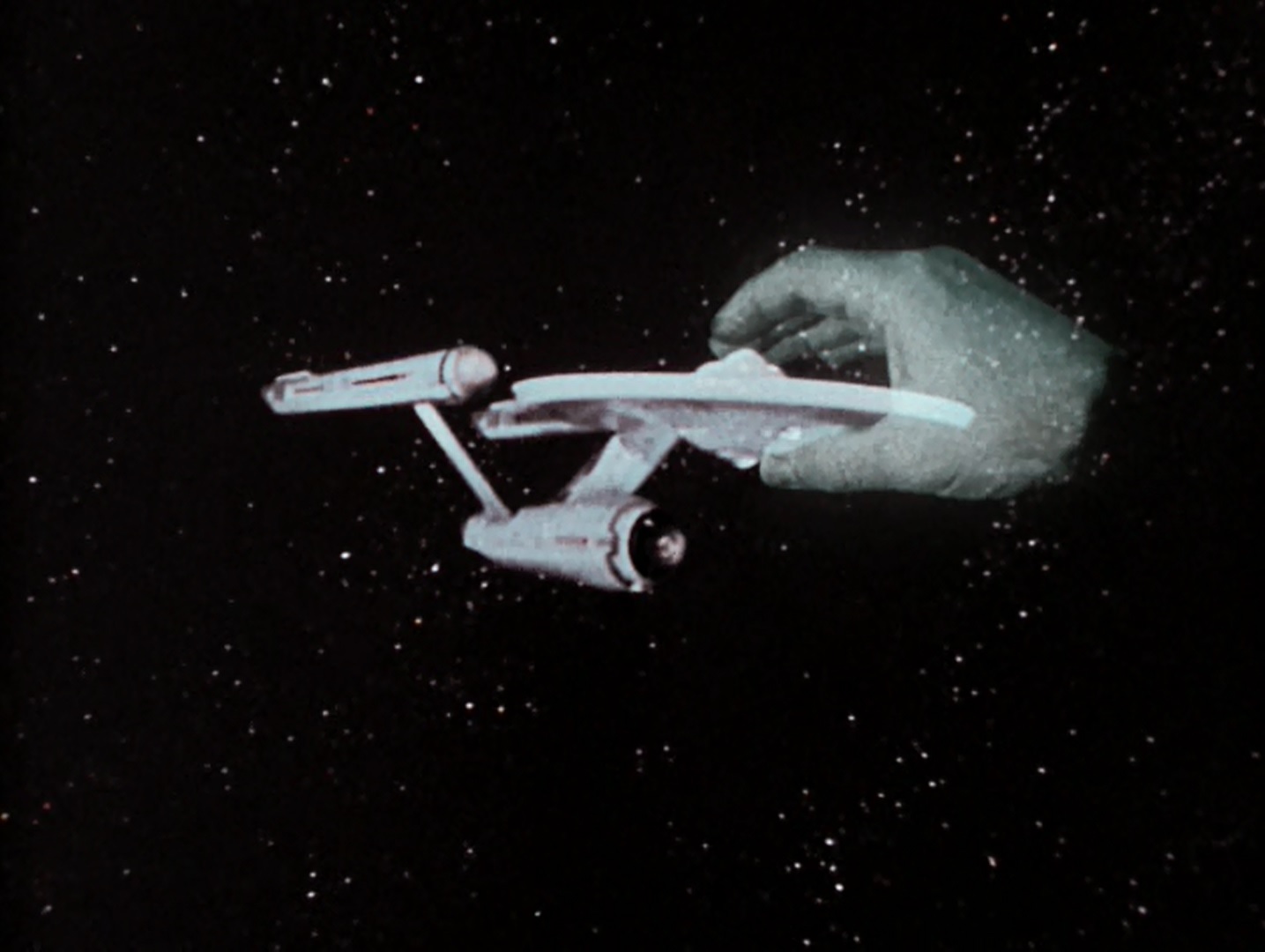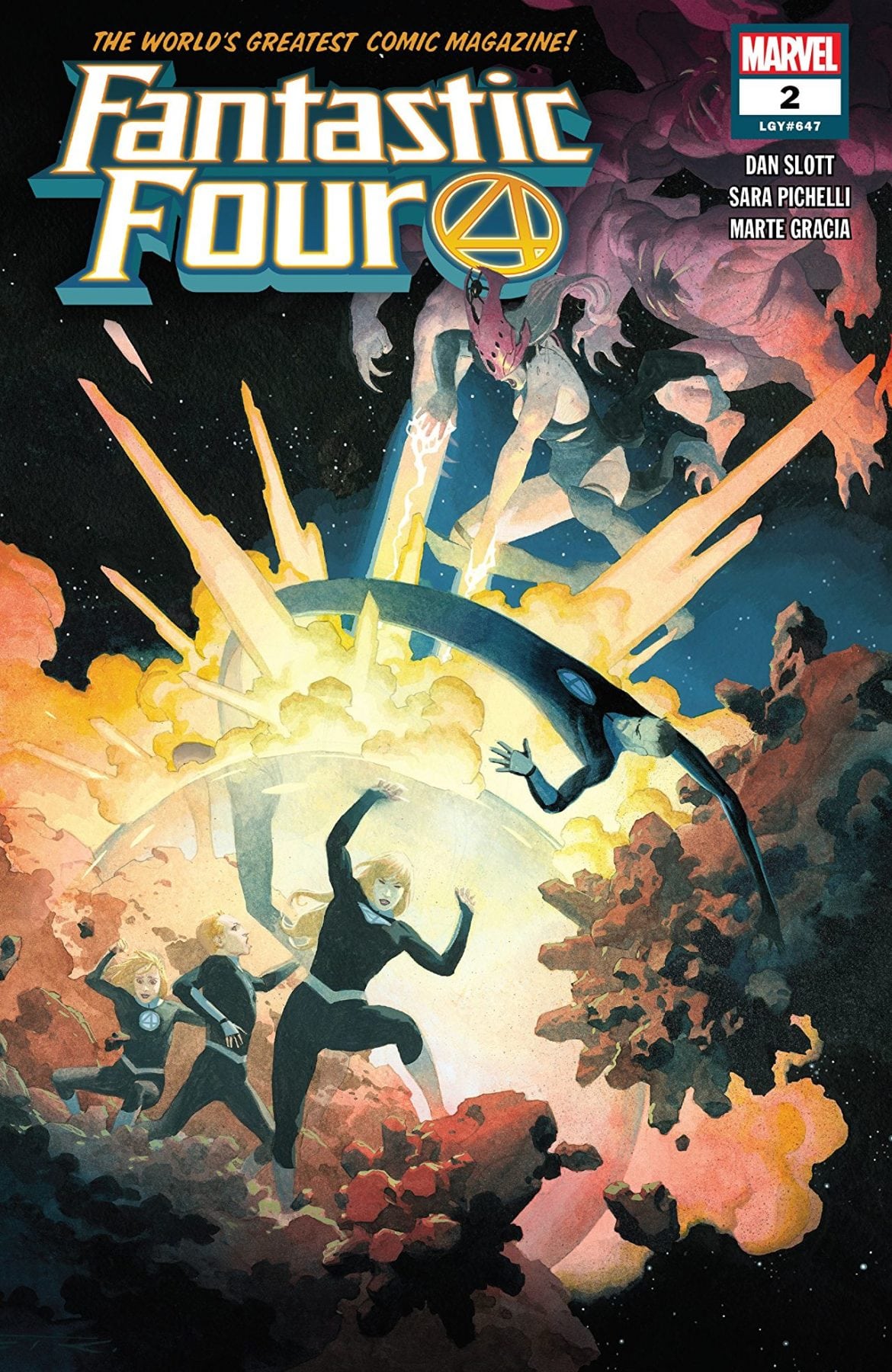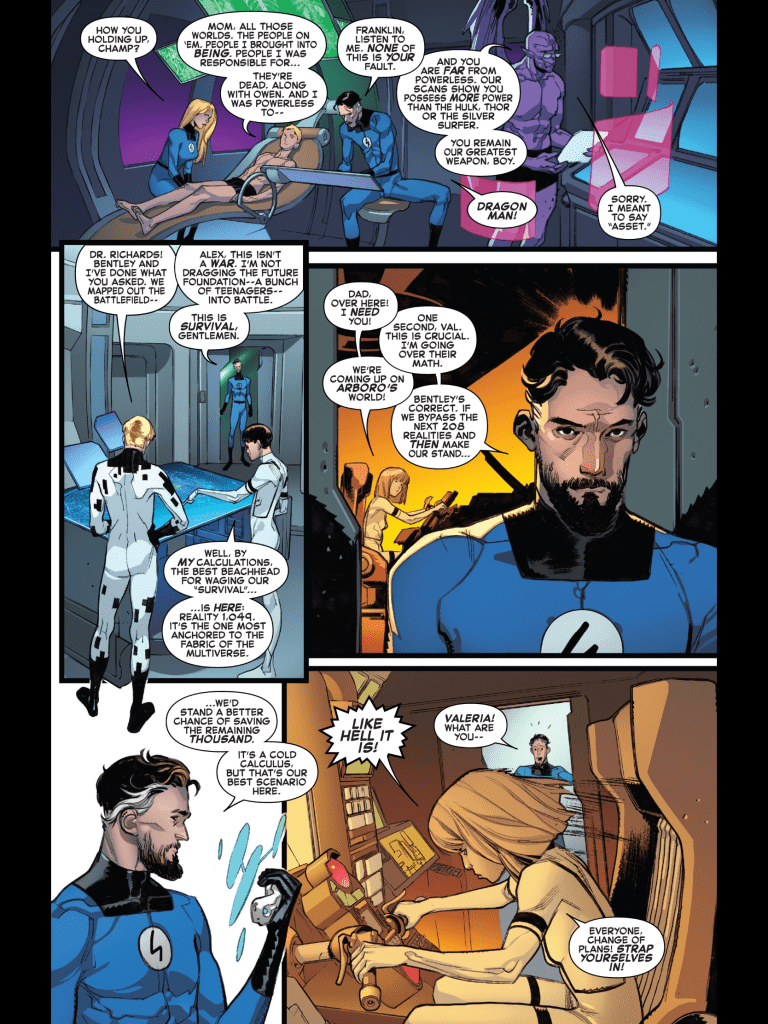Hi, everybody!
It’s been a while since I’ve had the time to post; I just finished an especially grueling and busy school year. Thanks for being patient!

But now summer break is upon us and I’ll be back at the keyboard for the foreseeable future. I thought I’d start back with another installment of our “First Comics” column.
You see just as I’ve had a hiatus from writing on the blog, there was a hiatus in my comic collecting as well. In the summer of 1976, comic books reached the egregiously high price of 30¢ and I had to finally do a cost/benefit analysis. At the time a paperback novel cost about 75¢ and that was a few hours of entertainment. Two comics were about a half-hour of enjoyment if you don’t count rereading and I stopped buying comics altogether. Cold-turkey you might say.


Fast-Forward to the early part of 1980. In the local 7-11, I noticed a comic cover that was instantly recognizable. “The New Avengers vs. The Old Avengers” it proclaimed! I remembered the cover because I had seen a house ad for Avengers Special #2 in Silver Surfer (1968) #2. Boy, how I wanted to read that! And here it was (well, the first half anyway) reprinted a decade later in Marvel Super Action #16! The 40¢ sticker price now didn’t bother me a bit; I plunked down some coinage and brought my find home.

And it was great! The story was written by Roy Thomas and drawn by the always-excellent Don Heck and Werner Roth. Don had drawn a lot of the Avengers stories I had read when they were reprinted in Marvel Triple Action; this was what a classic Avengers story was supposed to look like. The eye-catching cover was drawn by John Buscema.
The story is classic time-travel tale #3; something has gone wrong with the timeline and our heroes need to set things straight. Still, it’s a disservice to say only that.
So what happens? The Avengers traveled back in time to make sure Bucky actually had been killed in World War II. At the time, he had been.
This creates the opportunity for the Scarlet Centurion (who had been the Pharaoh Rama Tut and later became Kang the Conquerer back in issue #8) to alter the timeline. He encounters the original Avengers and tells them that Earth is threatened by a Cosmic Imbalance caused by an overabundance of superbeings.


There could be a virtual paradise created, the Centurion claims, if the Avengers eliminate them all and they do so, becoming ruthless dictators in the process. He would help make that happen.
In part 2 of the Special (or Marvel Super Action #17), the then-current Avengers search for Dr. Doom’s Time Machine to set things right. It’s been broken into three pieces and so the team splits up to retrieve them on one of those homages to All-Star comics that Roy Thomas does so well; Hawkeye and the Black Panther defeat Iron Man and the Hulk, Captain America manages to take down Thor and Goliath and the Wasp get the better of Giant-Man and the other Wasp. After assembling the time machine, the Avengers defeat the Centurion and (with a quick cameo by the Watcher to explain what’s going on) return the timeline to its normal shape. Everyone involved in the time travel hijinks moves forward with their lives with no memory of what has evidently been dubbed Earth-689 retroactively.
But boy, that was FUN! It made me remember my love of comics! And it might have ended there. I now had a collection of four (count ’em! 4!) comics, Super Action #s 16 and 17 and Amazing Spider-Man #s 185 (because graduating from college is a big deal) and 188 (no idea why probably because the cover was cool). There might be another universe out there where I still own only those four comics. Not in this universe though.
In this universe, I took a trip to the Palm Coast Plaza and visited the Two-On-A-Shelf Bookstore, a used bookshop I visited often. On this particular visit, I found a few brown paper bags filled with comics for 25¢ each.

One was filled with issues of Marvel Tales, from about issue 74 to 105 reprinting issues of Amazing Spider-Man from the 90s through the 120s. What a find, starting with Stan Lee’s final few issues but extending into the Gerry Conway/Ross Andru run! I knew these stories. I loved these stories. In fact, from my first go-round as a collector, I cannot remember a run of stories that I loved more. And now I had the chance to read them all back to back to back. And they held up; every bit as good as I remembered! If you wanted to remind me of how much I loved comics, this was the way to do it and random chance dropped it in my lap.
But what was in the other brown paper sacks? When I returned to Two-On-A-Shelf I found one other bag that interested me.

It contained the first 35 or so issues of Peter Parker, The Spectacular Spider-Man. These were a lot of fun too! The first three issues were again written by Gerry Conway and Sal Buscema was on the title as penciler for quite a bit longer. “Our Pal Sal” as he was called has become one of my favorite artists over the years. This run introduced me to some things I’d missed over the past few years: White Tiger, Moon Knight, and a team called the Champions to name just a few.
And so I started doing something new. Looking for issues of these titles at the 7-11 and the local newsstands. With fewer than 100 comics to my name, I’d become a collector again, more so in fact than I had ever been. Forty-two years and nearly 20,000 comics later I’m still collecting albeit a bit more slowly than I had been. And I’m still enjoying the books. I still have to wonder about that alternate universe. How different my life might be without those chance encounters with that eye-catching Avengers cover and that paper bag full of Marvel Tales. At the very least there would be a free room in our house and I probably would have never gotten to teach a class on comic books. Probably a lot more different than that though. And though I wonder, I wouldn’t want to make the trade.
























 It’s about a month on, but I thought I’d share one of my Christmas gifts with everyone. I got a copy of Action Comics #425 from my lovely wife,
It’s about a month on, but I thought I’d share one of my Christmas gifts with everyone. I got a copy of Action Comics #425 from my lovely wife, 



 The second story features the Atom though the title, “The 13 Men Who Run the World” is a bit of a bait and switch. A lot happens and is hung on a thin plot in a mere 6 1/2 pages. We discover that Ray’s size-control mechanism is malfunctioning and that Jean represents a biochemist who is accused of stealing gold from Fort Knox. Her client is being falsely linked to the aforementioned 13 men in the title. In quick succession, a witness who wants to come forward is murdered, Ray and Jean are kidnapped, we learn that the 13 men don’t actually exist, Ray beats the actual bad guys as the Atom and they are brought to justice.
The second story features the Atom though the title, “The 13 Men Who Run the World” is a bit of a bait and switch. A lot happens and is hung on a thin plot in a mere 6 1/2 pages. We discover that Ray’s size-control mechanism is malfunctioning and that Jean represents a biochemist who is accused of stealing gold from Fort Knox. Her client is being falsely linked to the aforementioned 13 men in the title. In quick succession, a witness who wants to come forward is murdered, Ray and Jean are kidnapped, we learn that the 13 men don’t actually exist, Ray beats the actual bad guys as the Atom and they are brought to justice.


